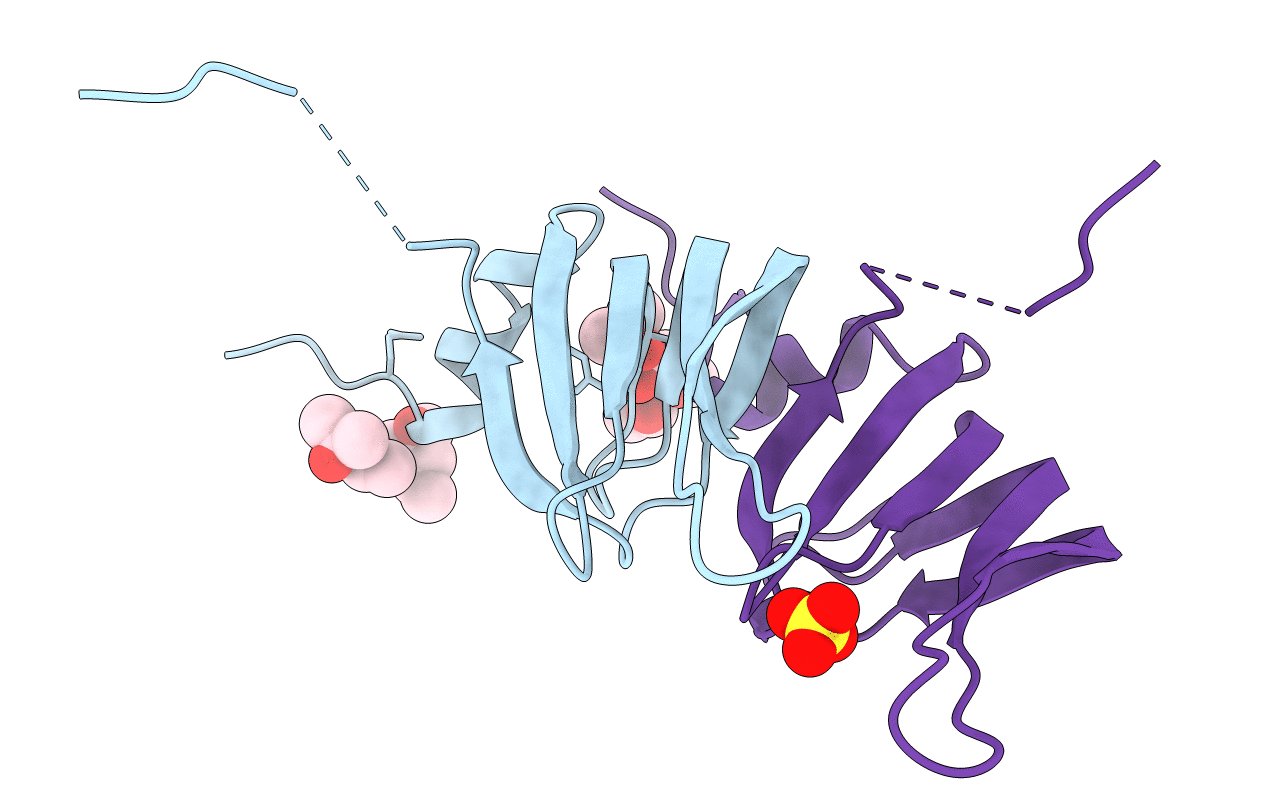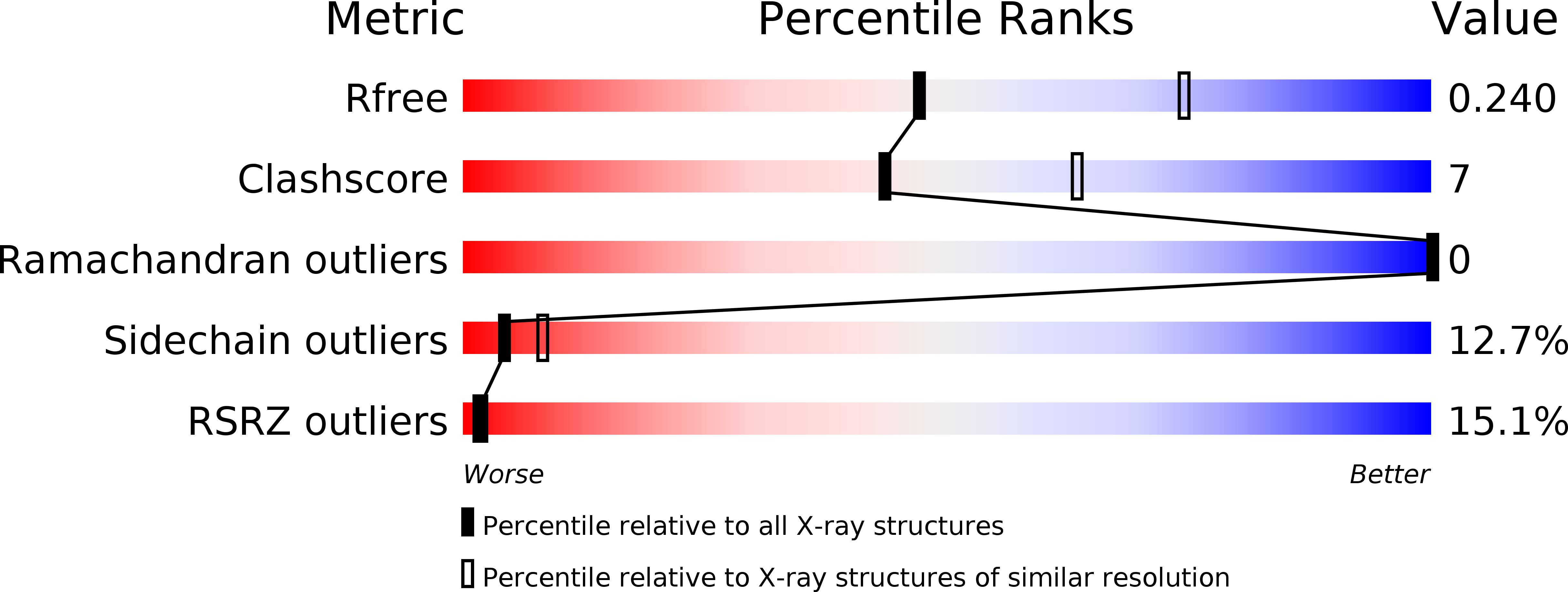
Deposition Date
2008-01-07
Release Date
2008-03-25
Last Version Date
2023-11-01
Entry Detail
PDB ID:
3BW1
Keywords:
Title:
Crystal structure of homomeric yeast Lsm3 exhibiting novel octameric ring organisation
Biological Source:
Source Organism:
Saccharomyces cerevisiae (Taxon ID: 4932)
Host Organism:
Method Details:
Experimental Method:
Resolution:
2.50 Å
R-Value Free:
0.24
R-Value Work:
0.21
R-Value Observed:
0.21
Space Group:
I 4 2 2


